Choosing your Katana
The Katana, an iconic symbol of the samurai and Japanese culture, is an object of art and history. This comprehensive guide will help you understand the different types of available steels, the uses of the katana, and other essential information to choose the perfect katana.
Uses of the Katana: From Decoration to Martial Arts Practice
a. Decorative Katanas:
Ideal for display and decoration, decorative katanas are generally less expensive and made with lower-quality materials.
For this use, we recommend an entry-level Katana, which will usually be more decorative and budget-friendly.
b. Iaido and Iaito:
The art of drawing and handling the katana is practiced with non-sharpened katanas, called Iaito, to prevent injuries during training.
For this purpose, we recommend an entry-level or mid-range Katana because you won't need a very complex blade for cutting since it will not be sharpened.
c. Tameshigiri:
This practice involves cutting targets to test cutting quality and technique. Katanas for tameshigiri need to be sharp and durable.
For this use, we recommend a high-end Katana with a Hamon. For example, a Sanmai steel Katana like Kobuse or T10. If you're on a budget, you can still consider mid-range options.
d. Martial Arts:
Combat katanas are sharpened and made with high-quality materials to ensure safety and durability.
Choosing the Right Steel for Your Katana: T10, Damascus, Sanmai, and More
a. Maru Steels (Monoblock):
T10, T10 Hamon, 1045, 1095, and Manganese steels are simple and homogeneous, offering good strength and durability at an affordable price.
b. Folded Damascus Steel:
Damascus steel and Damascus Hamon steel are valued for their strength, flexibility, and beauty, thanks to their multiple layers and unique patterns.
c. Kobuse Steel:
This traditional Japanese steel has a soft core and a hard outer layer, offering both strength and aesthetics, although it is less common and more expensive.
d. Sanmai Steel:
Combining a layer of hard steel at the core and two layers of softer steel, Sanmai steel offers excellent strength, durability, and flexibility.
e. Honsanmai Steel:
Similar to Sanmai steel, Honsanmai steel has a layer of hard steel at the core surrounded by three layers of softer steel, providing even more strength and flexibility.
